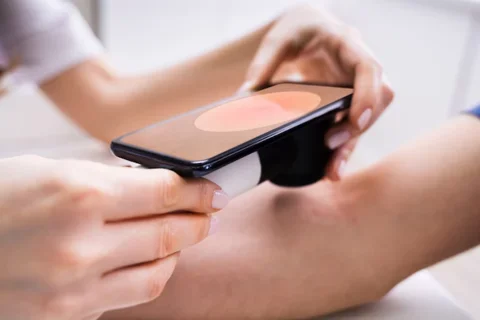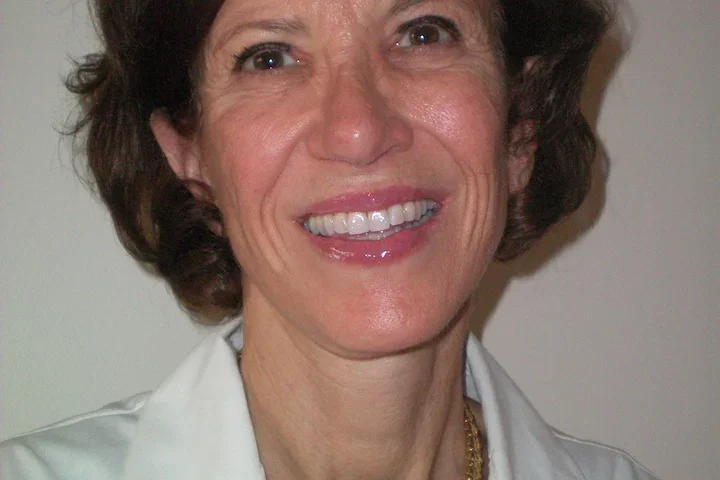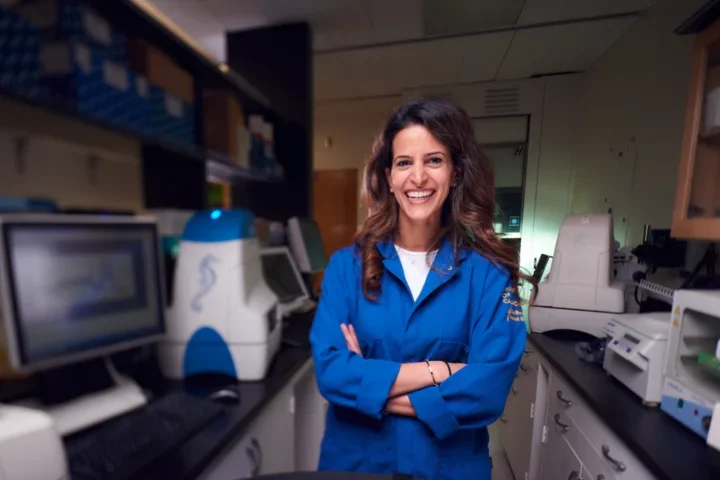How to Become a Dermatologist
A UCLA Doctor Explains

A Day in the Life of Dr. Lorraine Young, Co-chief of Dermatology Clinical Services
Dermatology diagnoses and treats skin, hair and nail disorders, from melanoma to hair loss.
Dermatology focuses on the diagnosis, treatment and prevention of skin, hair and nail disorders. It's a rewarding discipline that comprises many subspecialties, but it's also a competitive field with limited residency slots. Getting into dermatology requires both a sincere interest in the subject and hard work throughout medical school.
(What Does a Dermatologist Do? Click the link to learn more...)
The Life of a UCLA Dermatologist
Lorraine Young, MD, is a health sciences clinical professor of medicine and co-chief of Dermatology Clinical Services at UCLA. As an academic clinical dermatologist, she splits her time between clinical practice, administration, publishing and medical association activities and teaching at the David Geffen School of Medicine at UCLA.
"I was attracted to dermatology because there is a great opportunity to identify and treat a multitude of diseases that affect the health and well-being of patients of all ages," she explains. "The skin is accessible, and the morphology of lesions seen on the clinical exam provides great clues for the diagnosis, along with the history, labs and biopsies. In addition, examining the skin can help to identify systemic diseases. The field is advancing, and there is always more to learn."
Dr. Young mostly sees patients in the outpatient arena, although she does see some patients in the hospital. Dermatologists develop long-lasting relationships with patients. When a patient has a history of skin cancer or an ongoing disorder such as acne or psoriasis, their dermatologist will see them regularly to keep tabs on the condition.
"It's a rewarding field, and it's inspiring to keep people's skin healthy," Dr. Young says.
Dermatologists can practice general adult or pediatric dermatology or specialize further. UCLA has numerous outpatient clinics that focus on acne, melanoma, psoriasis, rheumatology, hair disorders and more. Doctors can also pursue surgical dermatology, which includes treating skin cancers; cosmetic dermatology, which includes the use of fillers, microdermabrasion and chemical peels; or dermatopathology, which examines samples under a microscope to make diagnoses.
Training for Dermatology - Why Is It So Competitive?

"Dermatology is a wonderful field with a lot of opportunities," Dr. Young says. "It's an exciting time overall in medicine right now. And we have new therapies for diseases like psoriasis, making it a great time to enter the field."
However, she warns that there are fewer residency slots available in dermatology than in some other fields, making it competitive. For medical students who may be interested in getting into dermatology, Dr. Young recommends doing a clerkship during the fourth year of medical school.
"Dermatology overlaps with so many other specialties, from oncology to infectious diseases," she says. "The dermatology clerkship adds another layer of knowledge to other specialties you may choose to pursue as well."
After medical school, trainees go through a general internship in medicine or surgery, followed by a three-year dermatology residency. After that, residents can specialize further with a fellowship.
Dr. Young initially trained in internal medicine as a resident and immunology as a fellow. While training in internal medicine, she remembers spending hours in the library looking at dermatology atlases because she found them so fascinating. That's how she found her passion.
"Students just need to keep an open mind during medical school," she advises. "Your interests slowly evolve. Explore, read and you'll find your own passion."
(What Is the Difference Between the Fields of Dermatology and Plastic Surgery? Click the link to learn more...)



